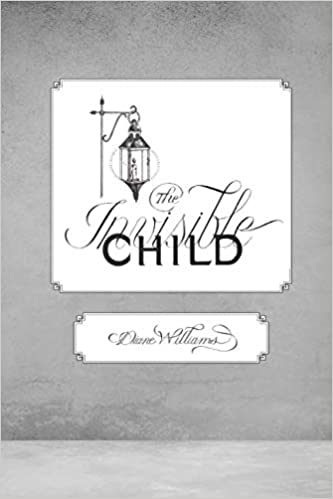 In Mary Romero’s book, The Breakdown of the All American Family, the author screams and shouts from the depths of her soul for anyone who has been victimized by abuse to find their voice, use their voice, and use it well. Romero asserts that victims need to let the world hear them roar!
In Mary Romero’s book, The Breakdown of the All American Family, the author screams and shouts from the depths of her soul for anyone who has been victimized by abuse to find their voice, use their voice, and use it well. Romero asserts that victims need to let the world hear them roar!
Romero’s dominant objective is to stop the generational curse that runs through her family and the families of other abuse victims. With passion and authority, Romero cites, “no one has the right to silence anyone in any way, shape, or form. From bullies to abusive husbands, they do not have the right. Angry bosses, demented neighbors, and denying siblings do not have the right. Everyone has the right to their voice, especially our children.”
Throughout the book, Romero tells her story of overcoming the lingering effects of the abuse she experienced at the hands of her father. His demeanor and the treatment he allotted his family are clear indicators of a psychopathic disorder. The predator is tall, dark, handsome and charming on the outside, but in private, he reveals himself as a narcissistic, controlling, and abusive individual weighted down by low self-esteem.
Warning, this book is not for the faint of heart, and do grab some Kleenex as you prepare to read this memoir. Romero’s descriptive retellings of the domestic violence, rape and emotional abuse, which she and her siblings all endured at the hands of their father, can be overwhelmingly disturbing. In 150 pages, Romero paints raw and vivid images: her dad choking her mom, him bashing her head against the wall, and her feet dangling off the ground. There are several of these instances throughout the book.
Romero further draws you into her saga as you witness her mature. The author takes the reader first through the abusive episodes, but as she matures she opens her heart and explains the emotional, spiritual, and psychological damage that remained. As a child, the author took on the role of protector for her mother and siblings. It is almost unbelievable, as she explains what her father did, that there is almost no retaliation from the mother or the five children.
Romero grew determined to mitigate the effects of her abuse and discontinue the predisposition of abuse, for the curse lives on in the lives of her children. She desperately wanted the rewards of a productive and fulfilling life. She believed she had to begin to change her attitude and behavior. With her determination, she sought therapy and then school to study psychology. She was liberated. She had found her voice.
As one would suspect, this subject is near and dear to Romero’s heart. Her life’s work is consistent with the theme of the book. Professionally, she has worked with juvenile offenders for most of her career and she is currently working as a life coach. Through her work, Romero silences perpetrators by empowering victims to let their voices be heard.
Romero‘s memoir is written in a conversational and intimate tone that is disarmingly unpretentious. Readers will appreciate its candid disclosure into the lives of children living in the world of abuse. This is a book that encourages victims to be aware of the likelihood for victims to become abusers; however, she attempts to empower victims to be proactive and to abolish the generational curse.
The author’s story lends itself to research in the school of human behavior. A question is raised to study: Why is it that, of the five siblings, the author was the most resilient? The others fell prey to the predator and several of them still yearned for his approval. Romero placed a great emphasis on stopping the curse. When she witnesses the character of a toxic person, she removes herself from them, just as she did with her own father.
The author is well-connected with her topic. She is able to verbalize her feelings as she began to let go of the anger that bound her. In the beginning, she held steadfast to the mental, emotional, and spiritual components of her abuse, but through her journey, finds freedom. This information is directed at an audience of those previously abused, currently abused, abuse support groups and her family.

